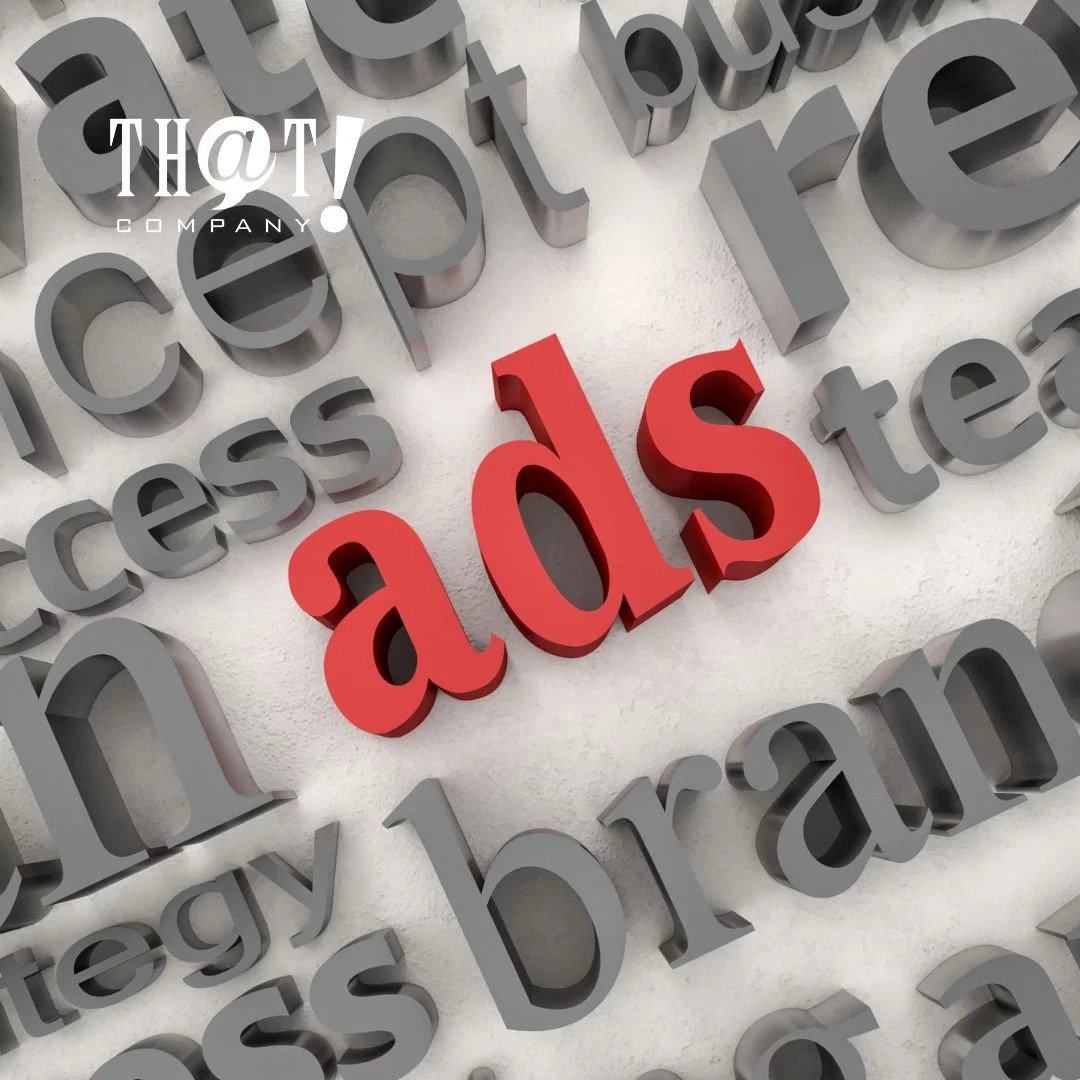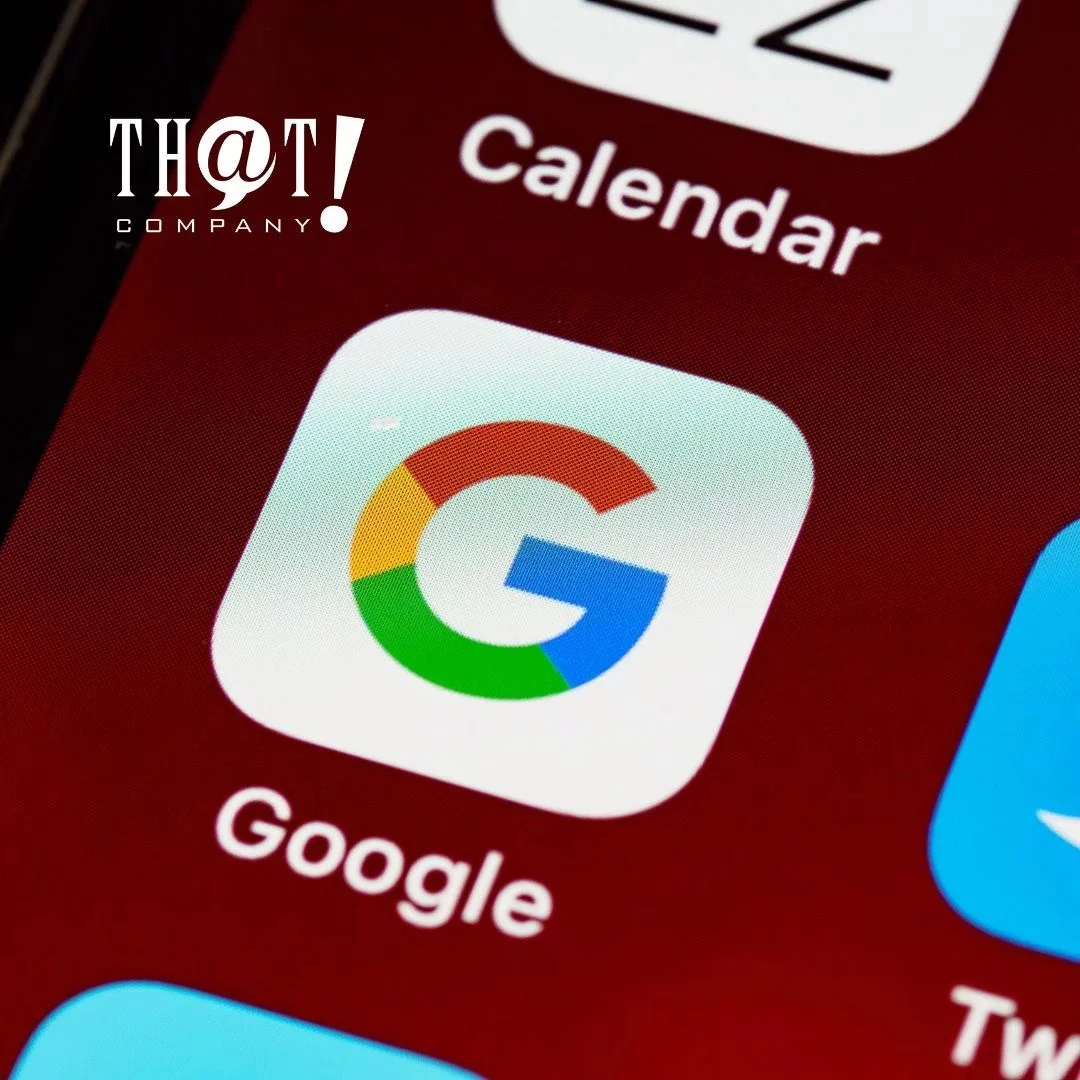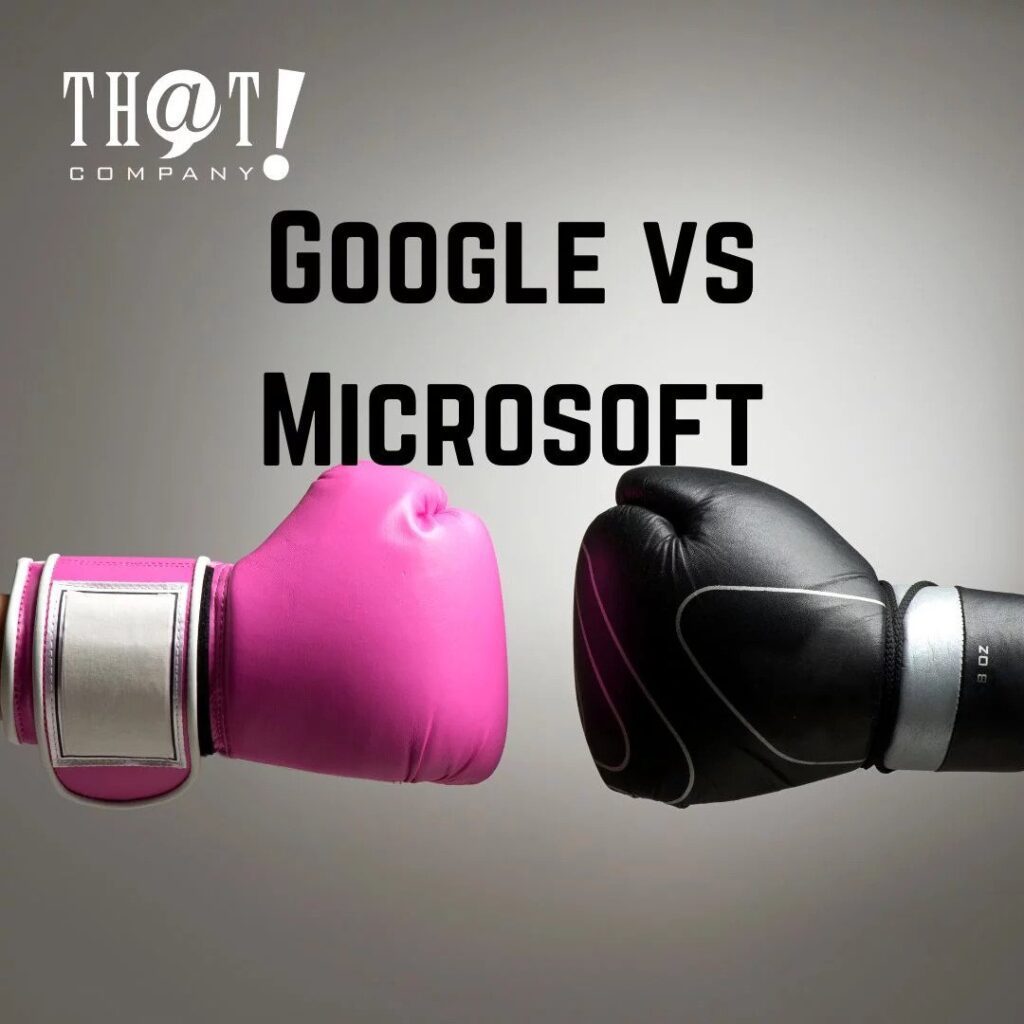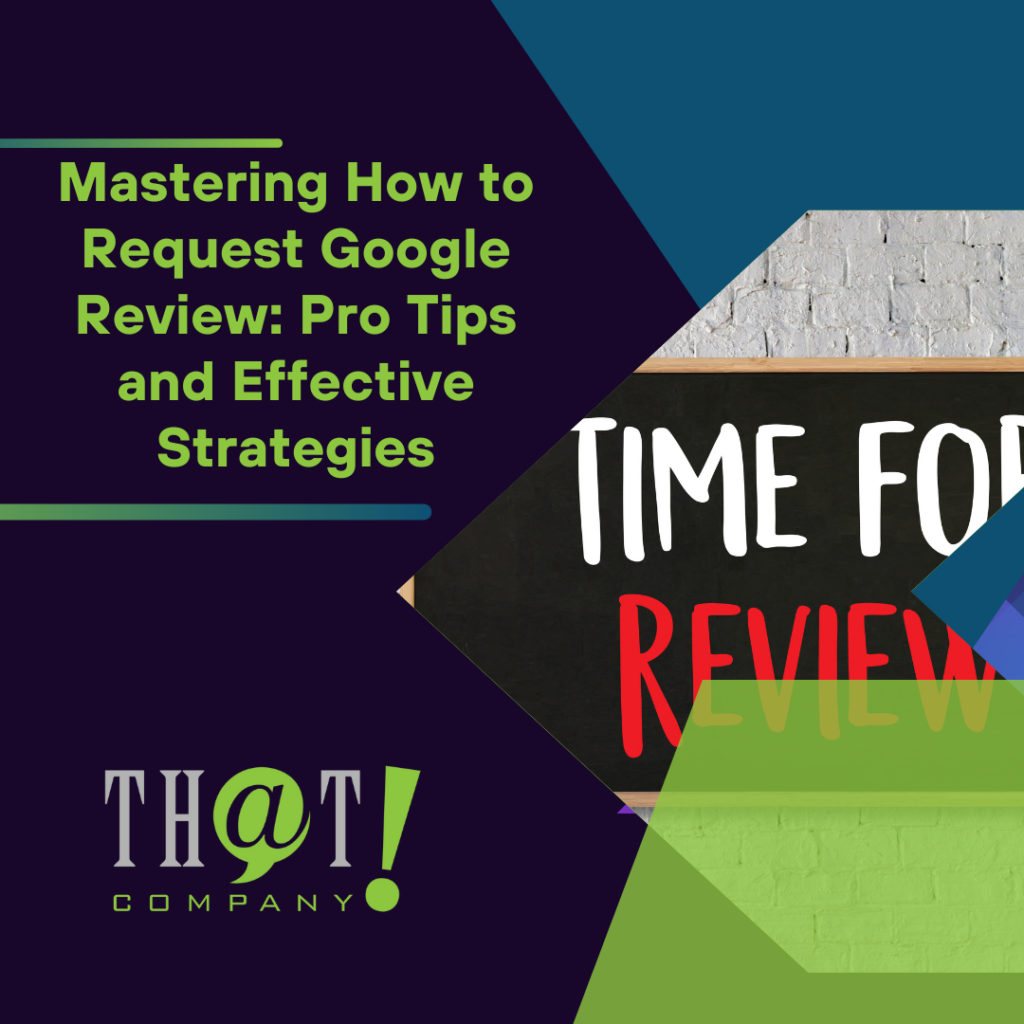
Google and Microsoft are two of the biggest search engines available today. This leads to the idea they are also two of the biggest digital advertising platforms. However, Google and Microsoft are strikingly different in how they go about the business of indexing web pages for their search engines.
Google and Microsoft have good services they may have established or obtained from other businesses. You can hire a PPC specialist or a white label PPC management service to bring their knowledge and expertise to your doorstep and learn more about the difference between Google and Microsoft. Check out our white label pricing.
Indexing Strategies
In one corner, we have Google. They store individual web page duplicates across their network of servers to provide fault-tolerant storage and to reduce latency when querying a page; this is known as the “Google Store.”
On the other side, we have Microsoft’s Ads, formerly Microsoft Ads Advertising, built on Lucene’s search engine algorithms. Unlike Google, Microsoft indexes a single copy of each page it crawls and stores them in the “Microsoft Ads Index.”
While it may seem like Microsoft is taking a bigger risk by only storing one copy of each page, some crucial differences make up for their lack of fault-tolerant storage. Since Microsoft Ads stores only one copy of each page, the whole disk can be considered corrupted if one bit on the disk is corrupted. Since Microsoft does not rely on caching, if they are experiencing a lot of traffic, then the slightest bit of latency can cause outages.
This is where Google’s “Google Store” may be an advantage. Since they do not need to store each page separately, Google often gets around to indexing a page by crawling just one or two links off each page from the beginning when it first appears in a user’s search results. This means that while Microsoft Ads often indexes web pages before they have been crawled completely by Google, Google still has the advantage of completing its crawl earlier than Microsoft Ads, thus gaining more web ranking positions.
Sites like Microsoft Ads.com are used to index and store a copy of every page in its domain, while google.com is not. This forces Microsoft Ads to index every single web page before Google can crawl it. If there are many links off of a web page on Microsoft Ads pointing to other pages on Google, then if just one link breaks, Microsoft Ads has a problem. When content from Microsoft Ads.com is being viewed or when a user interacts with the site, the content from Microsoft Ads must be fetched and parsed by Microsoft Ads’ server before it is sent to Google to answer queries from other users. If you use Microsoft Ads.com and a link break, your query will not be answered until the problem is fixed. It is impractical for Google to handle this problem in real time because doing so would be to optimize the experience of every user who uses Google as their search engine and place unnecessary strain on Google’s infrastructure.

On the other hand, when an indexer such as Google crawls a web page for indexing, it does not have to register links in its index pointing to other pages on other websites. This significantly decreases the time it takes for Google’s servers to answer user queries and allows them to make edits that affect all pages simultaneously instead of one page at a time. Google’s index contains only one copy of each page and is usually updated to contain the most up-to-date information. Therefore, Google does not have to store all the links off of a web page that it has crawled, which saves disk space and is also important for providing fast crawl times.
Microsoft’s Microsoft Ads Index is built on Lucene’s search engine algorithms, which means they must crawl every single page on a domain before indexing it. This is what prevents Microsoft from being as fast as Google in their indexing process. When a web page is first indexed, the links pointing to other pages on the site must still be crawled separately. What this means is that Microsoft Ads actually has to crawl more links than Google to find every single link on a page in order to decide which ones are pointing to other pages on its domain.
Challenges with Indexing
It is important for the indexer such as Google and Microsoft’s Microsoft Ads search engine to only store one copy of each page it crawls. The search engine stores the most recent version of a web page, so many different people can efficiently use it as they perform searches. However, the amount of data that Google and Microsoft Ads’s indexes contain could affect the speed at which websites can be crawled. It is not clear as to how many links a page may have for a website, but it is enough to cause slowdowns when recrawling pages.
Google’s index is large, while Microsoft’s Microsoft Ads Index is small. In one survey performed by Microsoft Ads Portal in 2012, it was found that Microsoft practically indexed every page on its sites. A page is classified based on Google’s crawler’s ability to generate a 200-byte searchable document. However, Microsoft’s Microsoft Ads index averages 5.3 pages per document. They often have to re-crawl pages more than once to have them be indexed, due to duplicate content or discards in the index. Webmasters must make sure that the pages in their websites are crawled correctly and then indexed efficiently.
It seems like Google will be able to take market share away from Microsoft since they index a lot more webpages and are better at crawling and indexing them faster than Microsoft Ads for the search engine performance rank.
[bctt tweet=”Google and Microsoft are two of the biggest search engines available today.” username=”ThatCompanycom”]
Search engine market share is in constant flux. Google’s search engine market share has been on the rise since Microsoft Ads came onto the scene.
By the end of 2016, it was estimated that Google controlled about 77.8% of the global search engine market, while Microsoft controlled about 19.3%. In 2Q 2017, however, Microsoft Ads landed in third place ahead of Yahoo at 10.04%. Meanwhile, Google has fallen to second place behind Chinese search giant Baidu with a 19.9% market share worldwide.
At the end of 2016, more than one-third of all visits on the internet came from Google’s search engine. A report by Statista showed that a lot of users are moving to Google from Microsoft Ads, as illustrated here:
Google is currently providing the most comprehensive service when it comes to online search engines. Microsoft has been struggling for years and is now falling behind Google. There are also ongoing discussions about a possible merger between the two companies.
Ad Formats and Targeting Options
Both Microsoft Ads and Yahoo were able to gain traction because they had the ability to cater to consumers in new ways and offer new experiences that no other search engine could provide before their inception.
In 2004, Yahoo’s stock price had fallen to less than half of what it was worth just three years earlier. However, after Microsoft bought a stake in the company in 2005, Yahoo’s stock rose and reached a new high point in 2007. In December 2012, it was valued at $36 per share. In 2015, Microsoft offered to buy all the outstanding shares of Yahoo for about $7 per share in an attempt to save the company from its declining market share. It seemed like Microsoft might be able to turn things around for Yahoo Search again when they invested $150 million into their own search engine named Microsoft Ads in 2015.
Microsoft’s investment into Microsoft Ads does not seem to have made a big difference in the progress of Yahoo in search engine market share. In 2016, Microsoft Ads helps Yahoo reach a 16.7% search market share, while Google controls 76.9%. In comparison, Google had a 35.6% market share in 2012 and Microsoft had a 22.2% share for the same year. The year before, Microsoft Ads had 7% growth in global search market share and Yahoo saw its market share fall from 18.1% to 15%.
In 2006, when Yahoo was first integrated with Microsoft’s Office Suite, it was able to bring the power of search engines into every office worldwide as part of the product suite that included Outlook and Exchange Server. However, it seems like its glory days are over and Microsoft Ads may be able to give it a boost.
Microsoft Ads is currently the third most popular search engine on the internet. However, compared with Google, Microsoft Ads is still far behind in market share. When Microsoft first acquired Microsoft Ads in 2009, they had a lot of high hopes for the future of their new product and used images from a science fiction movie to promote Microsoft Ads as a new technology that would eventually take over Google and become “the next logical step in search.” There was a lot of marketing done for Microsoft Ads from 2010 until 2014, but it has since fallen into obscurity.
In August of 2009, Microsoft officially bought out the search engine Microsoft Ads and launched it in June of 2010. The price for the company was $1.5 billion, which was a bargain compared to what Google search cost when the company bought them out in 2002 for $1.65 billion. However, while Microsoft was able to attract more users than Google did during its first week after being launched, Google has consistently gained market share for several years while Microsoft Ads’s market share fell each year until 2014.
Google regained its momentum after a few years and overtook Yahoo in 2013 as the most popular search engine on the internet. In March 2015, Microsoft announced they were cutting 765 jobs, even though its search engine business was growing with “more than 350 million monthly active users,” according to The Guardian. In 2014, the company recorded a loss of around $6.1 billion. Microsoft paid around $895 million in cash to Yahoo in 2011 for the search engine and it seemed like Microsoft had gained all the benefits of having Microsoft Ads as part of their products instead of being an independent company with its own products. However, Yahoo has been struggling more and more over the years as a result of their low market share for so long.
In recent years, Microsoft has been suspected of having problems with their Microsoft Ads and Google search engine. A Financial Times article from September 2014 showed that Microsoft was tripping a lot while trying to determine the best search engine algorithm. A full-page advertisement in The Guardian claimed that Microsoft Ads was “a technology that just doesn’t work” and displayed several images and articles about how people could use Google instead, including an image of a blind man using screen readers to type on a computer screen through which he was reading online information.
The Guardian even went so far as to suggest that Google could be the next Apple, while Microsoft Ads was a “Microsoft product that just doesn’t work.” A Financial Times article from 2013 said that Microsoft Ads had fallen behind Google because of its lack of innovation and failed acquisitions. The article reads: “Yahoo’s search engine will help Microsoft get back into the growth business.” However, Yahoo’s partnership with Microsoft appears to be falling apart at such a rapid rate it may not even matter. In fact, in early 2015 the company announced that they were removing their search engine from Microsoft Ads and would start focusing on their own products instead.
Search Engine Market Share – Yahoo vs. Microsoft Ads vs. Google
In 2016, Microsoft Ads helps Yahoo reach a 16.7% search market share. While Google controls 76.9%. In comparison, Google had a 35.6% market share in 2012 and Microsoft had a 22.2% market share for the same year. The year before, Microsoft Ads had 7% growth in global search market share and Yahoo saw its market share fall from 18.1% to 15%.
Google is currently the most popular search engine on the internet with a 76% market share of all searches, Microsoft Ads holds 15% (down from 22%) and Yahoo has 15%, down from 25%. When factoring in the number of users for each search engine, Google has almost 2 billion users compared to the 1.2 billion who use Yahoo and the Microsoft Ads only has a 350 million monthly active users.
Microsoft Ads is currently behind both Yahoo and Google in terms of market share. While Google controls 76.9% of all search traffic, Microsoft Ads only holds 15% and Yahoo also has 15%. When accounting for how many people actually use these search engines, Google has almost 2 billion users compared to the 1.2 billion who use Yahoo and the Microsoft Ads only has a 350 million monthly active users.
There are several different reasons why people have such low confidence in Microsoft Ads’s ability to perform as a great search engine. One of these reasons is a result of the fact that Microsoft recently bought out Microsoft Ads. The company has only been operating for about ten years, but since it’s creation, it has always had to deal with the fact that users have consistently voted against it as one of the best search engines compared to Google.

As more and more people use Google, they also start to rely on Google more and begin to question why they would ever use anything else. The lack of confidence in Microsoft Ads stems from a social hierarchy where people believe that if “everyone else is doing something, “there must be something right about it.” It seems logical for most people to stick with what is popular rather than take risks or try something new.
Because of this social dynamic that causes people to stick with what is popular, it is easy for Microsoft to turn Microsoft Ads into a product that they need to keep making a profit off of while decreasing the amount of money they invest in new technologies and innovations. This makes it difficult for Microsoft to develop new technologies and products because the company can’t afford to do much research on their side of the business. Because of this, Microsoft Ads is allowed to “choke on its own success,” as one blogger put it.
Despite Microsoft Ads’s shortcomings, it has many advantages over Google. For example, throughout 2015 and 2016 the Microsoft Ads search engine has been used by many people to download files that they were searching for online such as viruses or malware. Microsoft makes it a point to provide users with protection from this malicious software on their websites by hiring full-time staff members who work on preventing cyber security issues.
The company also puts a lot of time and effort in protecting their users from malware downloads through its search engine that it doesn’t even provide any advertising revenue for these types of searches.
Conclusion
In conclusion, Google and Microsoft each have their strengths and weaknesses when it comes to search engines and digital advertising platforms. While Google has a larger market share and offers more advanced features, Microsoft may provide a more visually appealing interface and opportunities for advertisers to reach their target audience with lower costs. Ultimately, the choice between the two depends on individual preferences and specific needs.
As a white label digital marketing team, we understand that you may be too busy to delve into these details with your clients. That’s why we’re here. Being a white label is our business so that you can focus on your business.

























